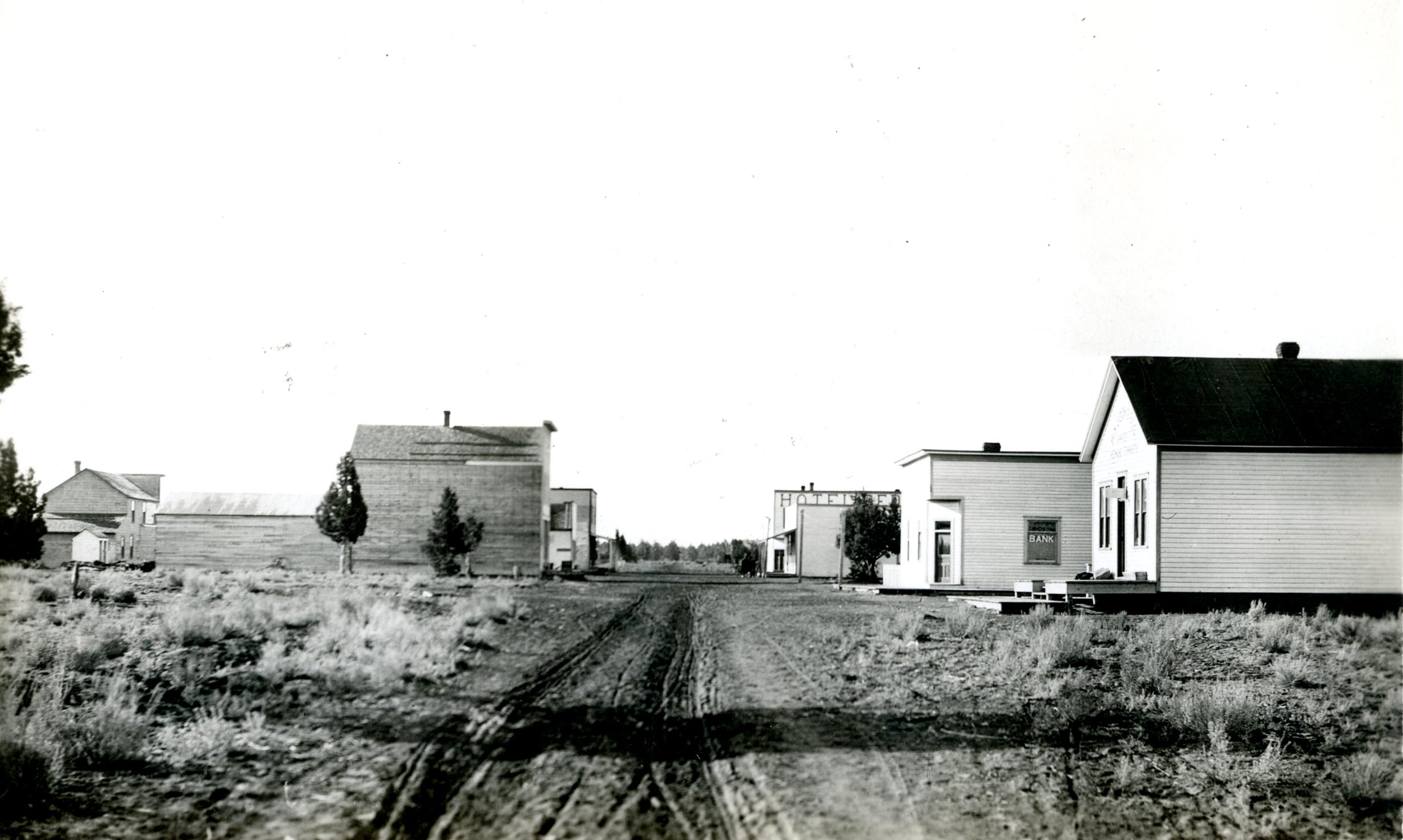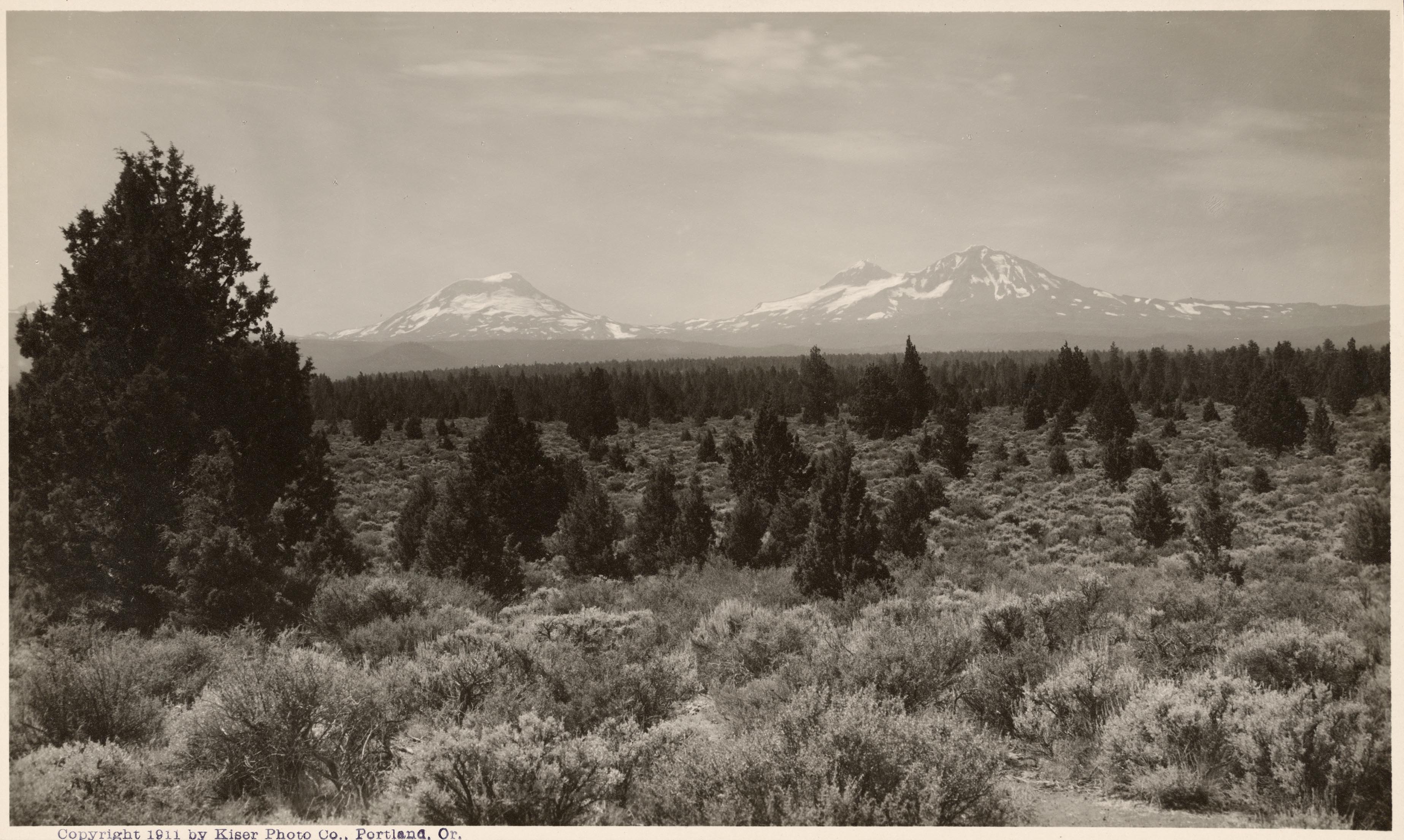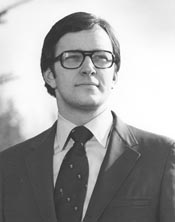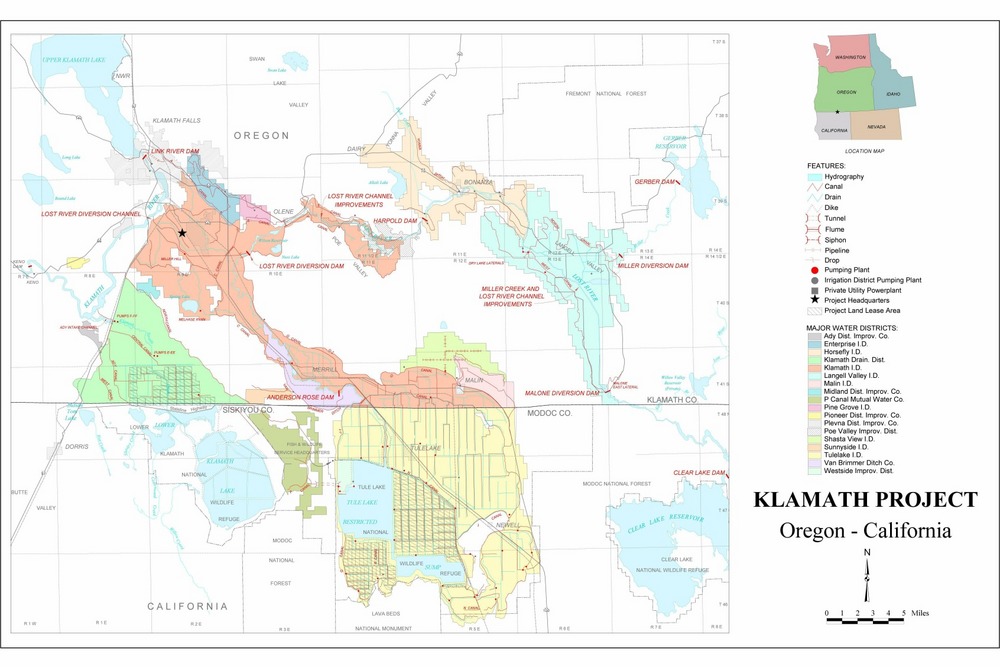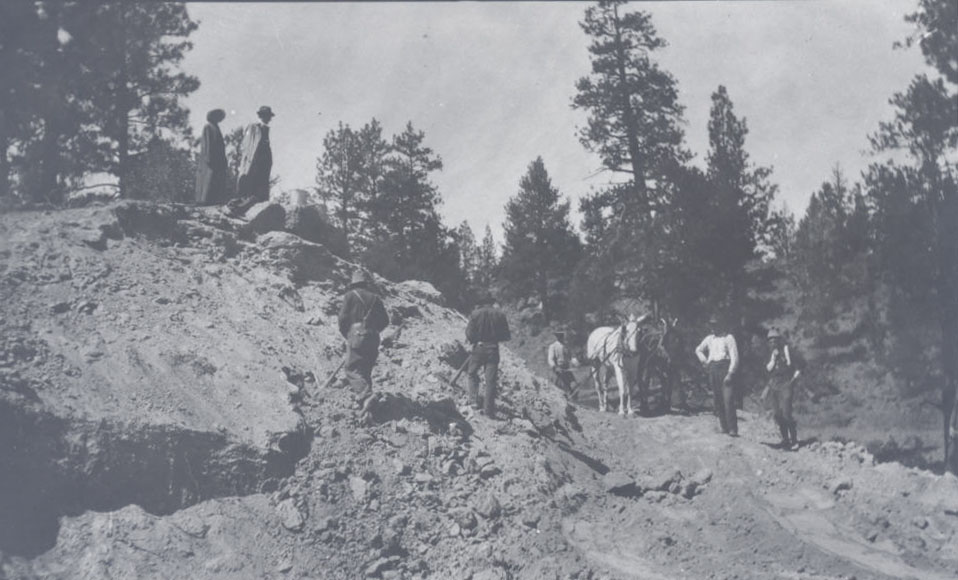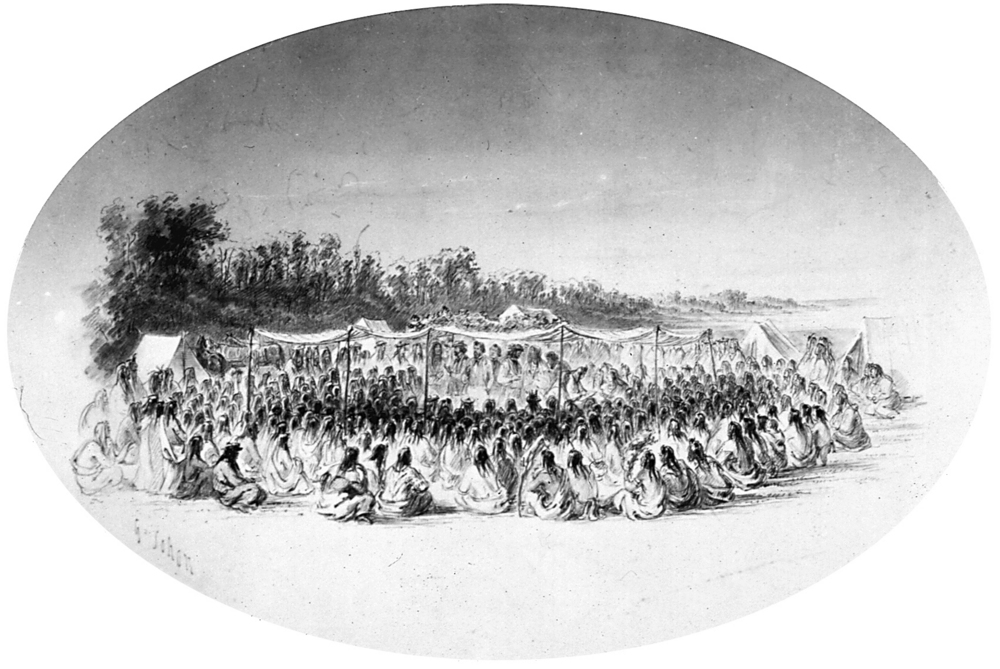Located about forty miles from the geographical center of Oregon, Redmond is a city in Oregon’s High Desert, near Smith Rock State Park and with a stunning view to the west of the Cascade Mountains. By the early twentieth century, the town was known as the Hub of Central Oregon because of its proximity to Prineville, Bend, Madras, and Sisters. For almost a century, Redmond’s economy was dominated by ranching and farming. The city annually hosts the Deschutes County Fair, the second largest agricultural fair in the state (the Oregon State Fair is the largest). By the late twentieth century, Redmond’s proximity to hiking, mountain biking, rock climbing, golfing, and skiing had made it a year-round center for tourism.
During the mid-nineteenth century, immigrants had little incentive to move to a place where there were few sources of water, farming conditions were difficult, and tribes that had lived in the region for centuries were resisting white settlement. In June 1855, the U.S. government signed the Treaty with the Tribes of Middle Oregon with the Tygh, Wyam, Tenino, and Dock-spus bands of the Walla Wallas and the Dog River, Dalles, and Ki-Gal-Twal-La bands of the Wascos. The bands ceded roughly 10 million acres of their homeland to the federal government, retaining just over a thousand square miles that became the reservation of the Confederated Tribes of Warm Springs.
By the mid-1870s, large cattle ranching operations had moved into the region, and smaller homesteaders struggled, dependent on infrequent rainfall for their crops. The nearest water to present-day Redmond was four miles away on the Deschutes River, and there were no roads, timber, or arable soil. To develop desert lands for agriculture in western states, the U.S. Congress passed the 1894 Carey Act, which offered federal lands for irrigation projects by private companies. Oregon took advantage of the act in 1901, creating irrigation districts east of the Cascade Mountains.
In 1904, Frank T. and Josephine Redmond were among the first to settle in the Central Oregon Irrigation District, about a hundred miles southwest of their home in Wasco. The town of Redmond, which had 216 residents when it was incorporated in 1910, was named for them. The new town had three newspapers–the Oregon Hub, the Redmond Spokesman, and the Redmond Enterprise. The Spokesman, owned and edited by Henry and Clara Palmer, absorbed the other two to become the primary newspaper in the city. The Spokesman has changed hands many times, but it endures today as the oldest continuously owned business in Redmond.
Change came slowly to Redmond during the twentieth century, when the city’s economy was supported primarily by farmers and ranchers who established creameries, turkey farms, and potato fields on the arid land. Access to the town was improved in 1911 when the Oregon Trunk Railway built a bridge across the 300-foot-deep Crooked River Gorge, eight miles north of Redmond, and connected Redmond to Bend, twenty miles to the southwest, and the Columbia River, a hundred miles to the north. Spanning the bluffs above that same section of river, the Crooked River High Bridge, designed by Conde McCullough, opened to automobiles in 1926.
During the 1930s, the city used Works Progress Administration funds to improve a small airfield that members of the American Legion Post and the Redmond Commercial Club had built in 1928. Air passenger service began in 1940, but it was halted during World War II when the U.S. Army purchased the field to train bomber pilots at what was renamed the Redmond Air Base. In 1946, the federal government sold the base to the city for a dollar. The U.S. Forest Service located a large smokejumper base at the airport in 1964. Roberts Field–named for J. Roy Roberts, an early supporter of aviation in Redmond–is now the largest airport in Oregon east of the Cascade Mountains.
Redmond’s population grew rapidly during the twenty-first century, from 13,500 people in 2000 to 36,400 in 2022. By 2020, the city’s largest employers were St. Charles Health Systems, the Redmond School District, Eagle Crest Resort, and Consumer Cellular; the town is supported by manufacturing facilities that included Straw Propeller Gourmet Foods and Lancair International, which makes aircraft kits, and service centers for Consumer Cellular and Advance Dental.
In 2017, the National Register of Historic Places designated Redmond’s downtown a historic district. The New Redmond Hotel, built in 1927 after a fire destroyed its predecessor, was remodeled and reopened in 2019. The town’s first high school, a two-story, brick building constructed in 1922, was restored a century later to serve as the new Redmond City Hall. The refurbished building received awards from Restore Oregon and the Deschutes County Historical Society.
Notable Redmond residents include timber baron Sam Johnson, who was an Oregon legislator (1973–1978) and mayor of Redmond (1979–1984); U.S. Representative Les Aucoin, who grew up in Redmond and served in Congress from 1974 to 1992; Oregon Governor Tom McCall from 1967 to 1975, who graduated from Redmond High School; and Mary Conn Brown, owner of the Redmond Spokesman for more than fifty years and former president of the Oregon Newspaper Publishers Association. Others who left a mark on the city include Rasmus Christian Petersen, who built Petersen Rock Gardens, a well-known roadside attraction, and John Zumstein, who owned a reindeer ranch known as Operation Santa Claus.
-
![]()
Main Street, Redmond, Oregon.
Oregon Historical Society Research Library, Oregon Journal, ba014979, photo file 895
-
![]()
Clover seed shipment from Redmond.
Oregon Historical Society Research Library, Deschutes County Historical Soc., Orhi74714, photo file 895
-
![]()
Early photo of Redmond.
Oregon Historical Society Research Library, Orhi88911, photo file 895
-
![]()
Redmond, Oregon, 1905.
Oregon Historical Society Research Library, 11038, photo file 895
-
![]()
Redmond, c. 1910.
Oregon Historical Society Research Library, ba014977 photo file 895
-
![]()
Lynch & Roberts building, Redmond, 1918.
Oregon Historical Society Research Library, Deschutes County Historical Soc., Orhi74707, photo file 895
-
![]()
Camp Redmond CCC camp (largest CCC camp on the West Coast), est. 1938.
Oregon Historical Society Research Library, ba014996, photo file 895
-
![]()
-
![]()
-
![]()
Spokane, Portland & Seattle Railway Depot, Redmond, 1968.
Oregon Historical Society Research Library, Orhi086016, 988M152, photo file 895
-
![]()
The Three Sisters, Central Oregon Cascades.
Oregon Historical Society Research Library, OrgLot78_B2F14_001
Related Entries
-
![Crooked River]()
Crooked River
The Crooked River Basin lies in the heart of central Oregon, east of th…
-
![Les AuCoin (1942-)]()
Les AuCoin (1942-)
Leslie "Les" AuCoin broke a Republican monopoly on Oregon’s First Congr…
-
![National Reclamation Act (1902)]()
National Reclamation Act (1902)
When Congress passed the National Reclamation Act in 1902, the measure …
-
![Petersen Rock Garden]()
Petersen Rock Garden
Petersen Rock Garden is a unique folk art environment in central Oregon…
-
![Thomas William Lawson McCall (1913-1983)]()
Thomas William Lawson McCall (1913-1983)
Tom McCall, more than any leader of his era, shaped the identity of mod…
-
![Tumalo Irrigation District]()
Tumalo Irrigation District
The Tumalo Irrigation District delivers water from Tumalo Creek, supple…
-
![U.S. Bureau of Reclamation]()
U.S. Bureau of Reclamation
The U.S. Bureau of Reclamation, in the Department of the Interior, has …
-
![Walla Walla Treaty Council 1855]()
Walla Walla Treaty Council 1855
The treaty council held at Waiilatpu (Place of the Rye Grass) in the Wa…
Related Historical Records
Map This on the Oregon History WayFinder
The Oregon History Wayfinder is an interactive map that identifies significant places, people, and events in Oregon history.
Further Reading
Redmond Caves Recreation Site. U.S. Bureau of Land Management.
Kraft, Virginia. "Reindeer Find a Santa Claus." The Vault, December 12, 1966.
Beyette, Beverly. “Rudolph for Rent.” Los Angeles Times, December 12, 1990.
“About Roberts Field.” Fly Redmond.
Kapler, Charles J., compiler. Indian Treaties, 1778-1883. New York: Interland Publishing, 1972.



